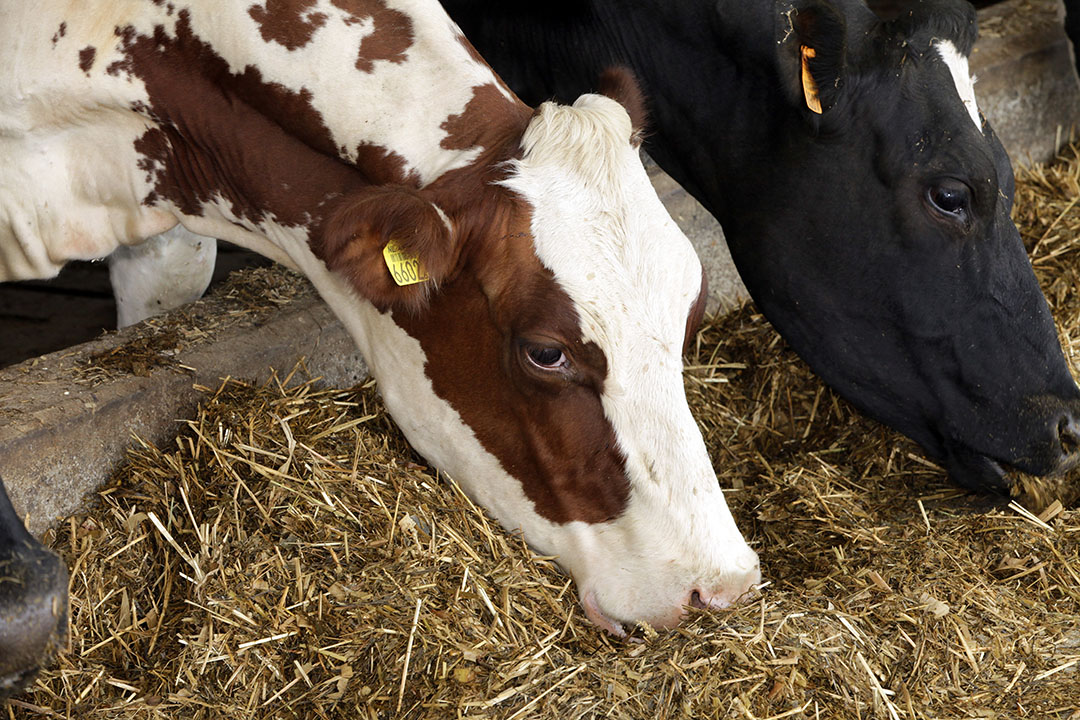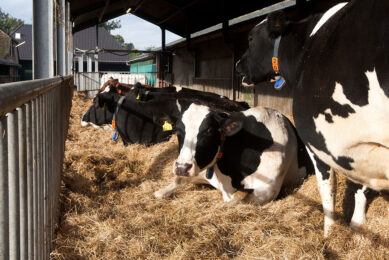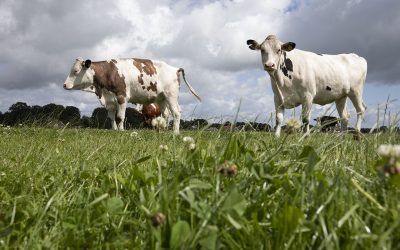Gaining greater control of feed waste

Money is lost due to feed waste at dairy farms. This is according to preliminary results from a pilot study done in the UK.
The study, carried out by Alltech, in conjunction with leading industry experts assesses a variety of different critical control points where feed wastage occurs, including in the field, during storage, at feeding out and inside the cow. Results are based on 34 farms.
Loss of dry matter and feed efficiency
“Results show that the average loss of dry matter (DM) in silage clamps is in the region of 25%,” says Ian Leach, Alltech retail programmes manager. “On most farms, it was identified that the greatest losses were in the most nutritive part of the silage resulting in the undigestible proportion increasing. Not only does this cause a reduction in dry matter intake (DMI), it has potential to lead to health issues, such as SARA, as the balance of the ration can be disrupted.” Ian goes on to explain that at feeding out, physical ration presentation and feed barrier space was an issue. “There was evidence of sorting and ‘balled’ silage on 19 of the 34 test farms, in addition 23 of the 34 farms failed to meet the target feed barrier space of 65cm per cow, all of which can impact on feed conversion efficiency (FCE),” he explains. “FCE across the pilot study farms averaged 1.2 and we know incremental improvements in this key parameter can significantly reduce feed wastage.”
Health and fertility issues
Cow health is a key area where efficiencies can have a big impact on feed wastage and the bottom line. “For example, for a unit with average incidence rates of mastitis, lameness, metritis and milk fever, the total financial impact of losses equates to around £39,995 (€ 45,500),” says Mr Leach. “Calving intervals of 419 days and service conceptions of 2.6 could also be costing units around £47,161 (€ 53,660)”. In addition to health and fertility issues, drops in rumen efficiency can also add up. “For example, during the study we’ve seen a consistent presence of fibre in the dung and some grains demonstrating inefficient rumen function.”
Greater control on feed waste
The Alltech team will continue to assess the extent of losses in other areas of the system on more farms, while also working to develop tools to show farmers the true extent of the financial losses. “We ultimately want to help farmers take greater control of feed waste to cut costs and improve margins,” Leach concludes.
Author:
Amy Stinton









